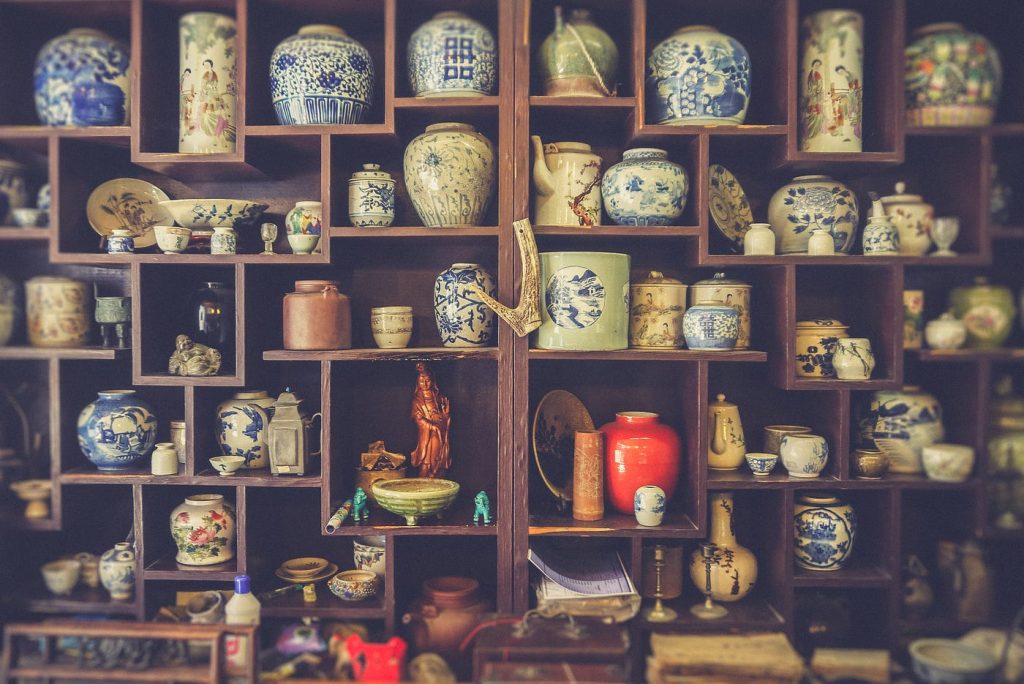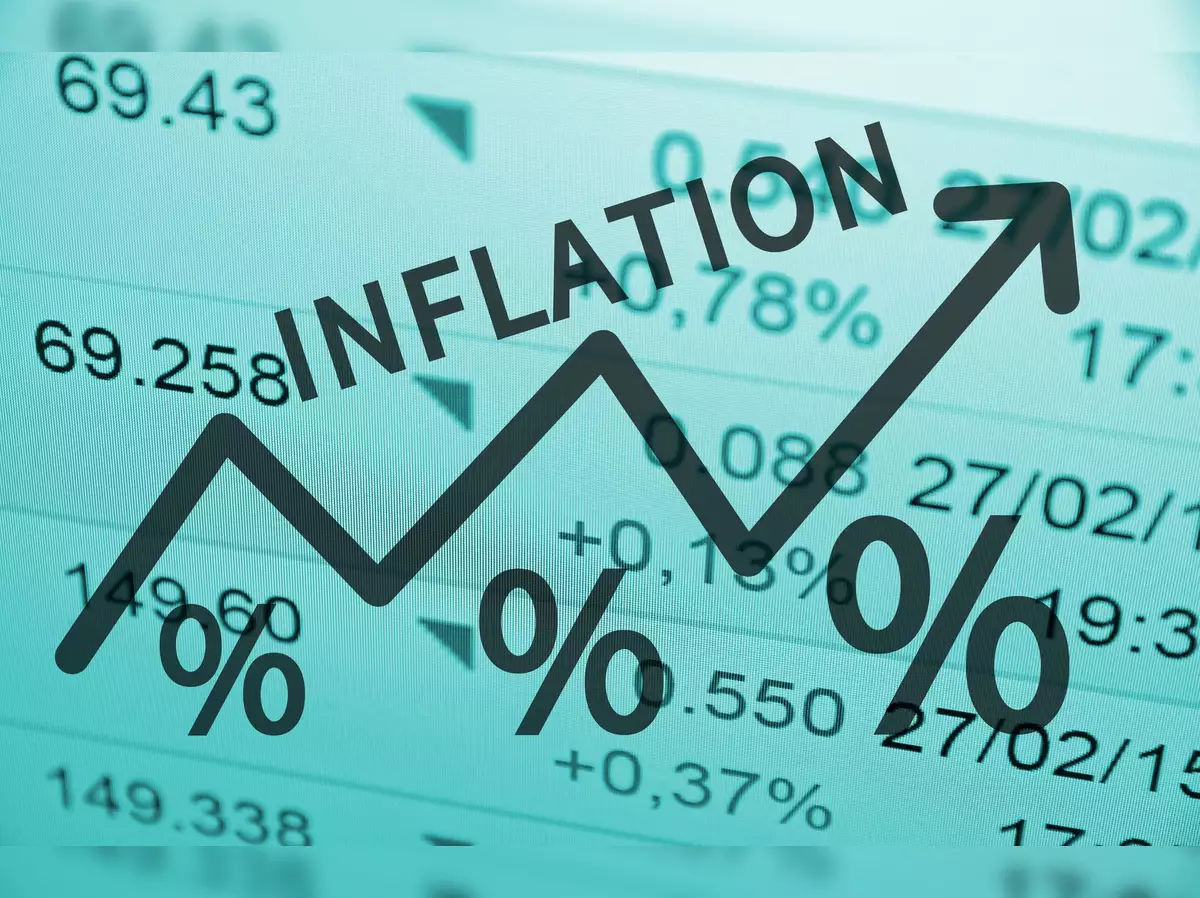Investing in art and antiques in the UK has emerged as a compelling alternative for diversifying one’s portfolio. As traditional markets like stocks and bonds experience volatility, collectors and investors alike are turning their attention to cultural assets. Art and antiques not only add aesthetic value but can also offer substantial financial returns.
This unique blend of appreciation and asset growth makes it an excellent opportunity for diversification in the financial realm. By integrating cultural treasures into your investment strategy, you can balance risk while potentially enjoying lucrative gains. Let’s explore how this fascinating sector in the United Kingdom provides promising avenues for those seeking to broaden their investment horizons.
The appeal of art and antiques investment

In today’s shifting economic landscape, seeking alternative investment opportunities has become increasingly attractive. Artworks and antiques offer a tangible asset class that can appreciate over time, providing a hedge against the unpredictability of financial markets. Investing in these items in the UK allows access to a rich heritage of esteemed artists and rare collectibles.
The historical prestige and exclusive nature of such assets make them appealing to connoisseurs and investors alike. The allure lies not only in potential financial returns but also in the unique satisfaction that collecting offers. This form of investment can be both a passionate pursuit and a pragmatic financial decision, blending the worlds of art appreciation and economic gain.
Understanding market trends
Navigating the art and antiques market requires insight into current trends and market dynamics. Over recent years, there has been a noticeable rise in demand for mid-century modern pieces and contemporary works. This shift is often attributed to changing demographics, where newer generations show a keen interest in owning culturally significant and fashionable pieces.
Economic factors, such as disposable income and interest rates, also play a crucial role in shaping the market landscape. Ensuring you are abreast of these trends can help identify promising opportunities and make informed purchasing decisions. Knowledge of influences, such as artist popularity and historical significance, can enhance your ability to spot investments that are more likely to appreciate in value.
The importance of authenticity and provenance
One of the most critical aspects of investing in artwork and collectibles is ensuring their authenticity and provenance. Verification of authenticity increases an item’s value, as does a well-documented history or connection to notable past owners. Provenance serves as proof of an item’s legitimacy and provides an insightful narrative.
Therefore, collaborating with established dealers and galleries, or engaging trusted experts, is vital to securing genuine pieces. Due diligence practices, such as examining historical records and verifying documentation, protect against counterfeit risks. This attention to authenticity is essential for preserving the value of your investments and ensuring long-term appreciation.
Building a diversified collection
When building a diverse portfolio of art and antiques, variety is key. A carefully selected collection that spans various periods, styles, and mediums can mitigate risks associated with market fluctuations. Diverse collections stand a higher chance of maintaining steady appreciation by balancing items with stable long-term outlooks against those with higher short-term potential.
Additionally, engaging with different categories, such as fine art, ceramics, furniture, and jewellery, introduces unique opportunities and variances that further shield against volatility. Advisors and consultants can offer valuable insights and help in curating a balanced mix of assets, ensuring that your investment strategy aligns with your financial goals and personal interests.
Leveraging auctions and private sales
Auction houses and private sales offer diverse platforms for acquiring art and antiques, each presenting distinct advantages. Auctions provide transparent pricing and wide market exposure, attracting bidders globally, which can lead to competitive pricing. Attending auctions, whether in person or online, can also be an educational experience, offering insight into current market interests and valuations.
Conversely, private sales can offer discretion and personalized negotiation opportunities. They are often suited for buyers seeking specific items or those preferring confidentiality. Engaging knowledgeable advisors during these transactions can help navigate the complexities of both auction environments and private dealings, guiding you toward informed and strategic acquisitions.
Financial considerations and tax benefits
Investing in art and antiques brings with it various financial considerations, including costs related to insurance, maintenance, and storage. It is important to account for these expenses when calculating potential returns. Furthermore, the UK offers several tax incentives for art investors, providing opportunities to maximise profits. Capital Gains Tax exemptions, specifically for certain types of art and collectibles, can significantly enhance the financial viability of investing in art.
Additionally, artworks can contribute to inheritance tax planning strategies, potentially reducing liabilities. Understanding these financial and tax implications is vital when integrating art investment into a broader asset portfolio, ensuring decisions align with both monetary goals and regulatory requirements.




